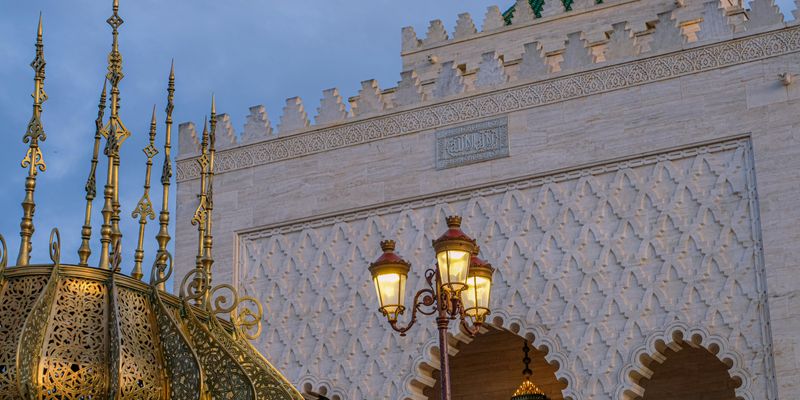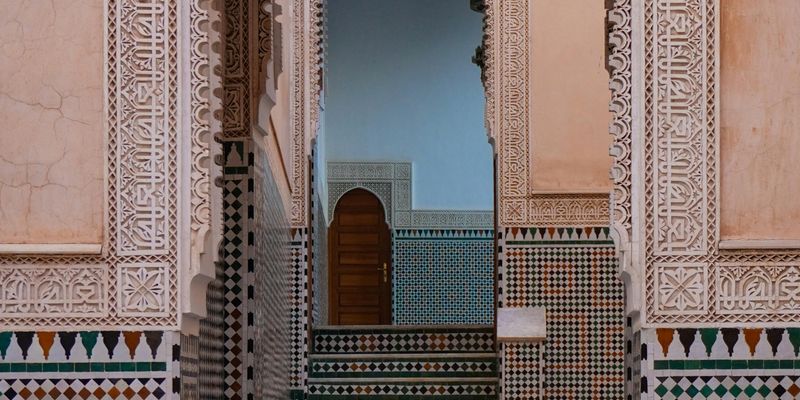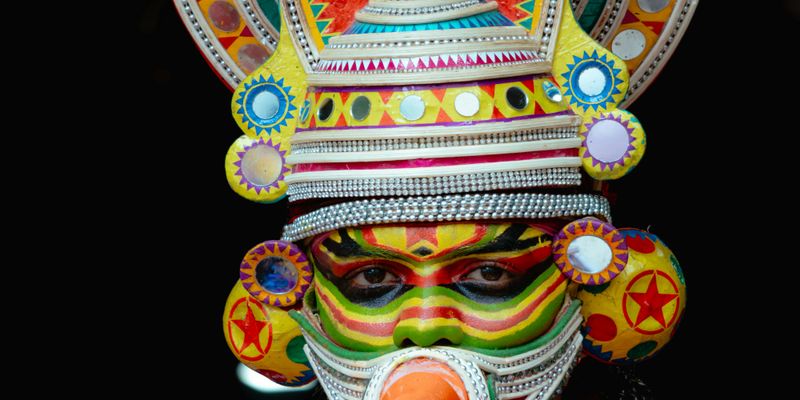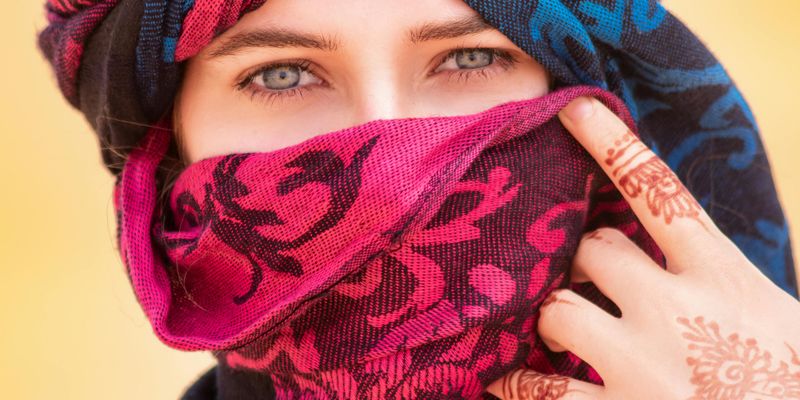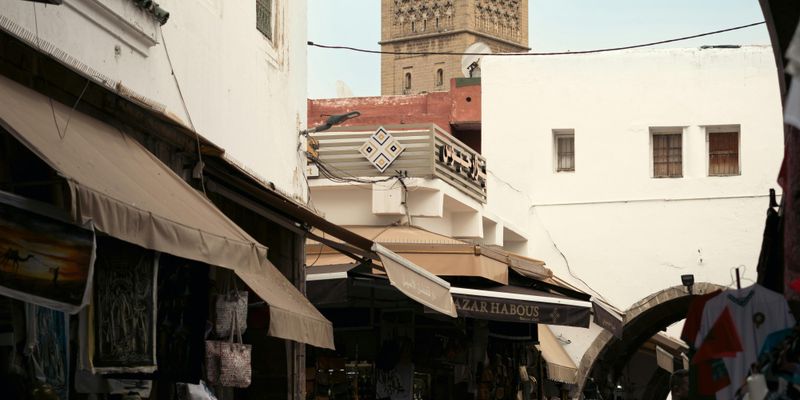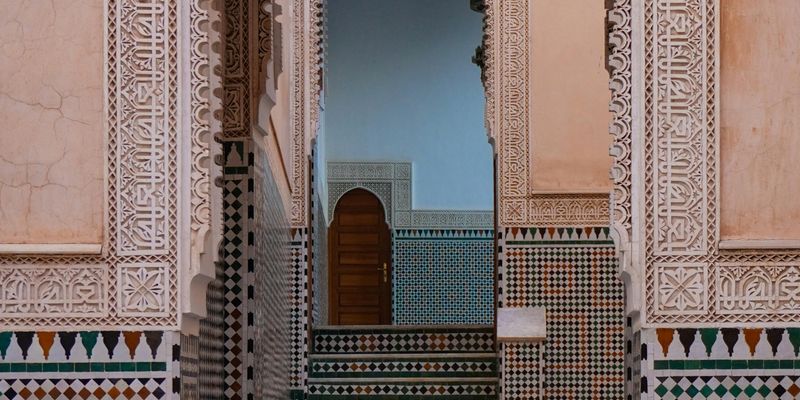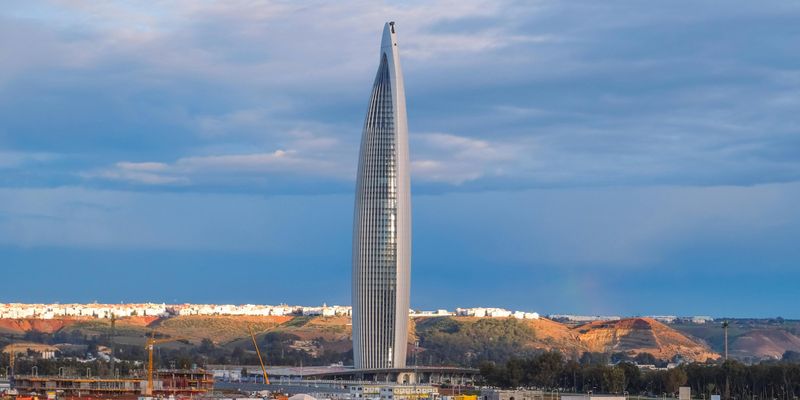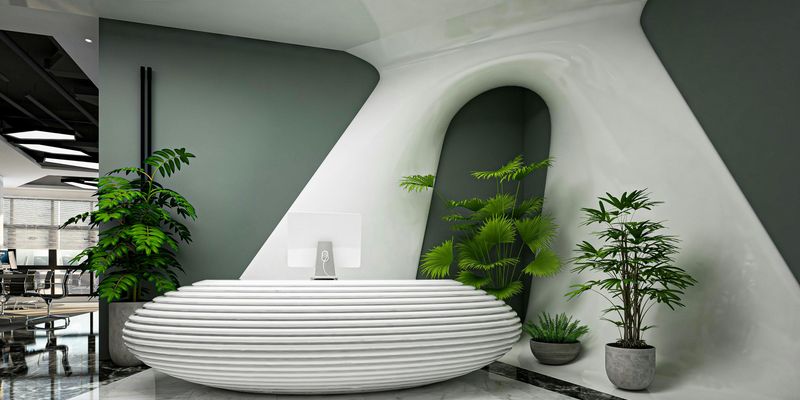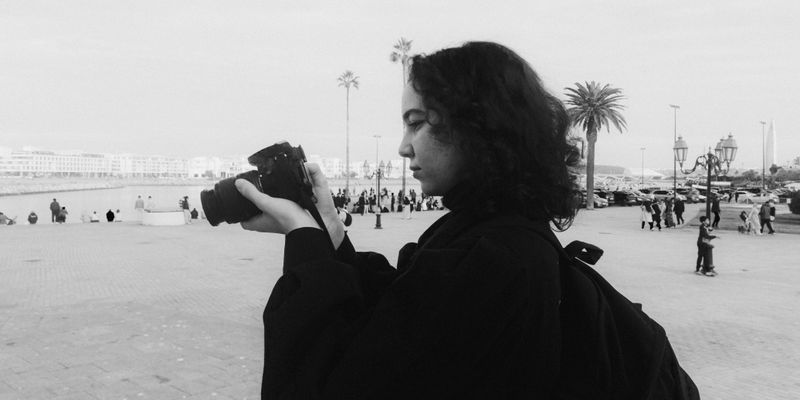
Introduction
Have you ever dreamt of wandering through vibrant souks, savoring the delicate spices of tagine, or sipping mint tea while watching the sun set over the Sahara? Morocco is a land of contrasts and beauty, a place where ancient traditions blend seamlessly with modern vibrancy.
The Colors of Morocco
One of the first things that will capture your heart upon entering Morocco is its explosion of colors. From the deep blues of Chefchaouen, the "Blue Pearl," nestled in the Rif Mountains, to the sun-soaked ochres of Marrakech’s Medina, each city offers a unique color palette that tells its own story. The lively mosaic tiles, known as zellige, adorn the fountains and walls, reflecting centuries of artistry that connect the past to the present.
Chefchaouen: The Blue City
Chefchaouen is particularly enchanting with its streets drenched in shades of blue. Legend has it that the blue symbolizes the sky and heaven, helping to guide the Jews who fled during the Spanish Inquisition. Walking through its narrow alleyways feels like stepping into a painting; every angle reveals a new shade of blue framed by the natural beauty of its mountainous surroundings.
Diverse Cultures and Warm Hospitality
Morocco is a melting pot of cultures, influenced by Berber, Arab, and Spanish heritage. This cultural diversity is reflected in its languages—Arabic and Amazigh being the predominant tongues, with French being widely spoken in urban areas. The warmth of the Moroccan people is perhaps the country’s greatest asset. Hospitality is a fundamental aspect of Moroccan culture—visitors are often greeted with a heartfelt "Marhaban" and offered a glass of sweet mint tea, a gesture that embodies the essence of Moroccan hospitality.
A Culinary Journey
No exploration of Morocco would be complete without diving into its culinary delights. Moroccan cuisine is a feast for the senses, characterized by its use of spices such as cumin, coriander, and saffron. The national dish, tagine, is a slow-cooked stew that bursts with flavor, often featuring succulent meats and an array of vegetables.
Exploring Local Markets
Wandering through local markets, or souks, you can find an array of spices, from aromatic ras el hanout to sweetened dried fruits. Making your way through the souks is an adventure in itself, filled with the chatter of vendors, the scent of spices, and the colors of handmade crafts.
Historical and Cultural Heritage
Morocco's history is as rich as its culture. Cities like Fes and Marrakech are home to UNESCO World Heritage Sites, with Fes possessing the oldest university in the world, the University of Al Quaraouiyine. The intricate architecture, such as the stunning carvings of the Bou Inania Madrasa, reflects the deep spirituality that permeates Moroccan life.
Adventure Awaits
If you seek adventure, Morocco has you covered! From hiking in the Atlas Mountains to sandboarding on the dunes of Erg Chebbi, every experience is an opportunity to connect with nature and the vibrant culture. The stunning landscapes—from coastal cities like Essaouira to the vast expanses of the Sahara desert—offer endless opportunities for exploration.
Conclusion
Morocco is more than just a destination; it is an experience that resonates with travelers long after they leave. With its breathtaking landscapes, rich culture, and warm people, Morocco invites you to step into a vibrant tapestry of colors and stories waiting to be discovered. Whether you’re here for the art, the food, or the adventure, one thing is certain: Morocco will leave an indelible mark on your heart.
